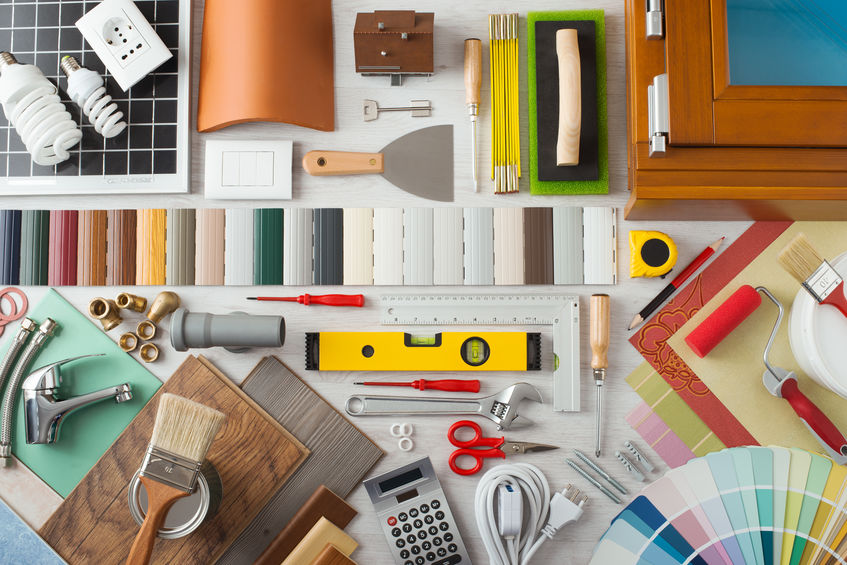Basements are, in many houses, neglected spaces that are used for storing useless, broken items or things that have not been used in a long time, but the owners keep postponing the scraping. However, basements can be easily transformed into great, useful extensions of the living space in the house – here are some tips to get you started.
Preparing the Space
The first step toward creating a great basement is the correct assessment of the condition of the basement. Any assessment can be correctly done only in an empty space, where you can see all the issues that need to be fixed, all the obstructions that need to be concealed and all the features that can be used as highlights, so your basement refinishing project must inevitably start with removing everything from the basement. The process is a great opportunity for sorting through your items as well – try to create a pile for the items that are broken and can no longer be used, another pile for the items that you will probably not use, but someone else can and a pile for the items that you need. Decide what to do with the second pile – you can either sell the items online or through a garage sale and use the money to offset the costs of the basement refinishing project or you can donate them.
When your basement is clean and empty, you can either assess its condition on your own or you can hire a basement finishing expert for the project. Pay attention to the condition of the foundation, of the ducts and pipes that run in the basement as well as of the insulation – you will need all these to be in perfect condition before you actually start realizing your design. Take a look at the location and the number of the power outlets and the lighting fixtures in the basement and try to figure where you will need more of them – they are easier to install in the preparation phase.

Repurposing Your Basement
Basements can be transformed to serve almost any purpose. You can flip yours to serve as a playroom for your kids, a man’s cave where you can watch sports, listen to music and entertain friends the way you want, a second living room where you can invite friends for dinner or a refuge where you can relax.
Picking the Right Hues for Your Walls and Your Furniture
Basements are usually dark places, with only small windows, if any, and with very limited possibilities to create new openings for new windows. Consequently, one of the most important issues to solve is the lighting. Try to figure out how you can create layered light, combining a central fixture with ambient lights and task lights. The best colors used in basements are also the hues that reflect light, bright, luminous colors, such as white, shades of yellow, green, orange and blue.
The color and the style of the furnishing items in the basement should also be chosen with light and contrast in mind. Choose lighter and brighter colors for bulky items, such as the sofa and create contrast with darker shelves, chairs and tables.